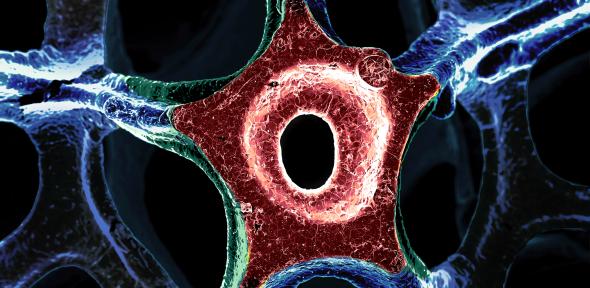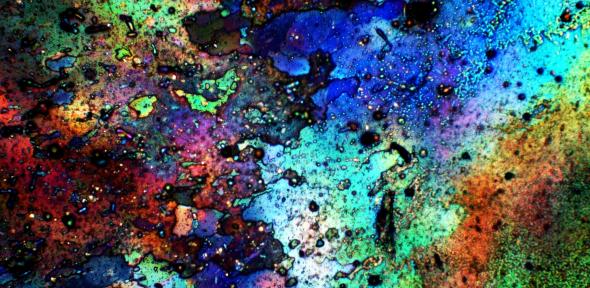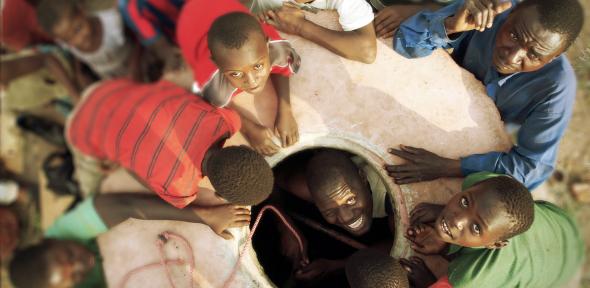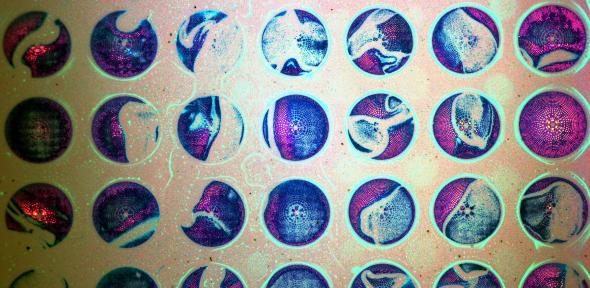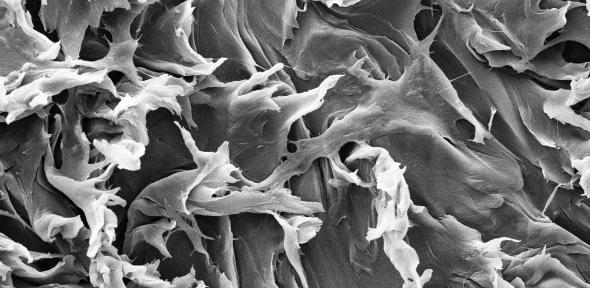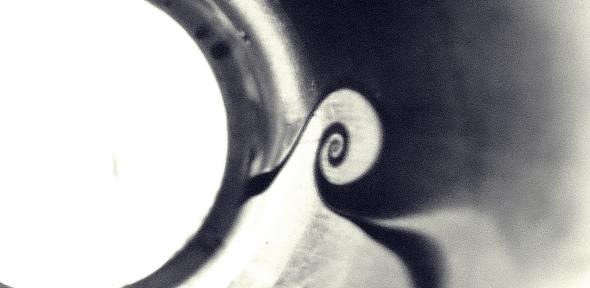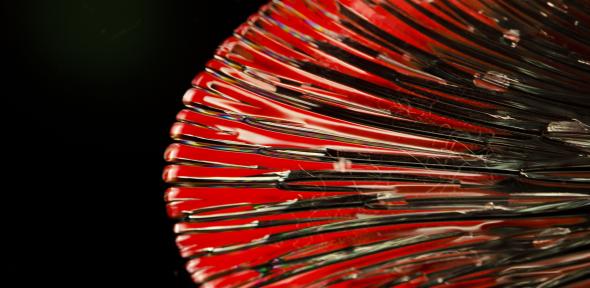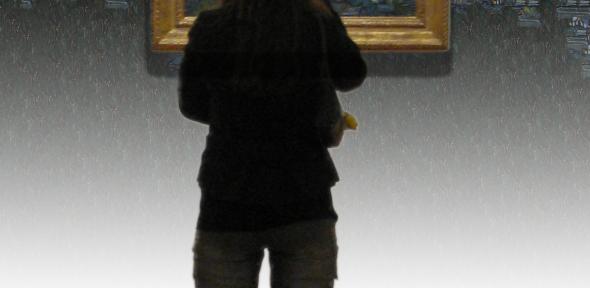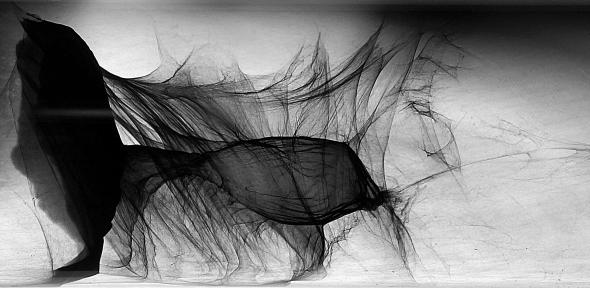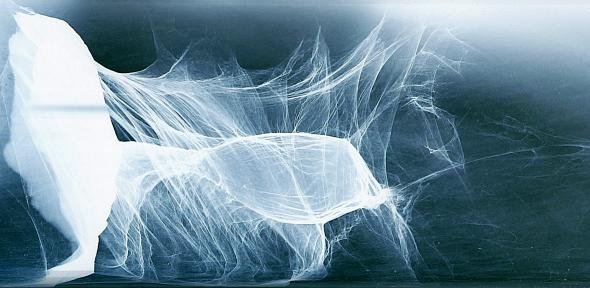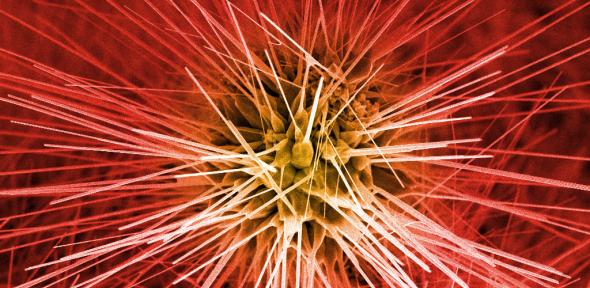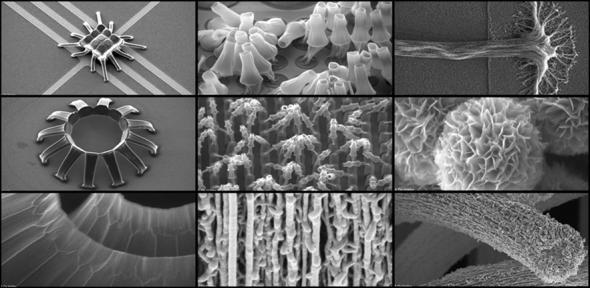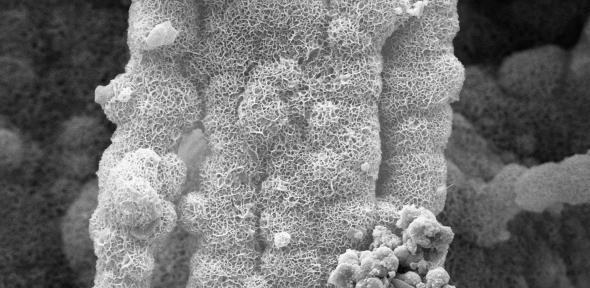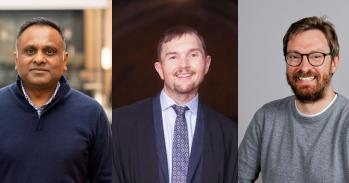From the kaleidoscopic swirl of a neural network, to ribbons of crystals unfolding like sheets of wrapping paper, to the relief on the faces of villagers in Malawi after their local well was repaired, the breadth of engineering research at the University of Cambridge is reflected in the images produced by the winners of this year’s Department of Engineering photo competition.
From the kaleidoscopic swirl of a neural network, to ribbons of crystals unfolding like sheets of wrapping paper, to the relief on the faces of villagers in Malawi after their local well was repaired, the breadth of engineering research at the University of Cambridge is reflected in the images produced by the winners of this year’s Department of Engineering photo competition.
More than just pretty pictures, these images also show how engineering is helping to solve problems, big and small, all over the world
Philip Guildford
The annual competition aims to show the breadth of engineering research at the University, from objects at the nanoscale all the way to major infrastructure. The winning images can be viewed online from today via the Engineering Department’s website, where they can be accessed alongside dozens of other entries.
The competition, sponsored by ZEISS, international leaders in the fields of optics and optoelectronics, had five categories this year; alongside those for first, second and third place, prizes were awarded for a micrograph captured using an electron microscope, the ZEISS SEM prize, and a Head of Department’s prize for the photo or video with the most innovative engineering story behind it.
The images entered must be related to research or teaching undertaken in the Department, or out in the field; anyone working in the Department is eligible to enter, whether a professor, student, or member of support staff. Entrants were told that the images they entered may be “beautiful, fascinating, intriguing, amusing, or possibly all of these things.”
The panel of judges include Professor of Information Roberto Cipolla, Dr Allan McRobie, former Head of Department Professor Dame Ann Dowling, ZEISS Senior Applications Specialist Ken Robinson, and Philip Guildford, Director of Research for the Department. Guildford said that entries for this year’s competition had once again impressed the judging panel.
click image to enlarge
“We continue to be blown away by the beautiful images produced by our students and researchers for this competition,” said Guildford. “But more than just pretty pictures, these images also show how engineering is helping to solve problems, big and small, all over the world. While our winners were judged to be the best of this year’s entries, we received more than 250 diverse, beautiful and meaningful images.”
First prize was awarded to Indrat Aria, for his image entitled Asteroidea Electrica. The image is a false coloured low magnification electron micrograph of free-standing graphene foam, which is made by growing layers of graphene on the surface of a porous metal foam skeleton using chemical vapour deposition. The skeleton is then carefully dissolved so that only the graphene foam remains. As it is electrically conductive, highly porous and lightweight, graphene foam could be used in applications such as chemical sensing, energy storage and ultra-lightweight structures.
Second prize was awarded to Yarin Gal, a PhD student in the Machine Learning group, for his image of extrapolated art, extending past the edges of paintings to see what the full scenery might have looked like. Gal used the PatchMatch algorithm on the frame of van Gogh's painting Starry Night to extrapolate its contents. This is one painting in a series of extrapolated art works available online.
Third prize went to undergraduate student Anthony Rubinstein-Baylis, for an image he took while on his gap year in rural Malawi. A group of people crowded around a broken village well await the one person who can help, Francis the Engineer. Despite a lack of formal training, Francis has brought water to scores of local villages through ingenuity and hard graft. Francis jumped down the well and quickly sorted the problem – the rope had simply fallen off the pulley – restoring order so the day can carry on as normal.
The Electron Microscopy Prize was awarded to Tanvir Qureshi for his image of a bridge forming in self-healing concrete. The sample was collected from the cement’s self-healing zone, where flower-like bridges effectively expanded and healed the cracks. Worldwide, a significant amount of money is currently being spent on the repair and maintenance of existing concrete structures, although its demand is increasing. Considering the growing concrete demand, environmental concerns, and the longevity of our built infrastructure, suitable self‐healing technology adaptation in cement concrete is becoming a highly sought after technology.
Finally, the Head of Department’s prize went to Andrew Payne for his video of the rise and fall of liquid crystal ‘mountains’. The video was made from a collection of images taken at one-second intervals. It shows the slow growth of liquid crystal structures under the influence of an alternating electric field, and their rapid collapse as the field is reversed.
Other outstanding images from the competition included Christian Hoecker’s carbon nanotube webs, David Duvenaud’s kaleidoscopic neural networks, and Rose Spear’s bone-forming cells (osteoblasts) on a nylon surface.
The text in this work is licensed under a Creative Commons Licence. If you use this content on your site please link back to this page. For image rights, please see the credits associated with each individual image.

